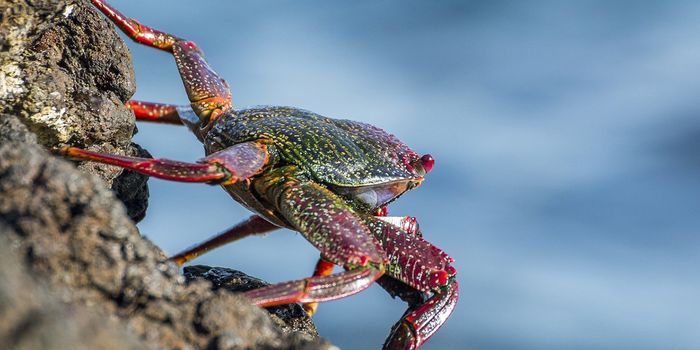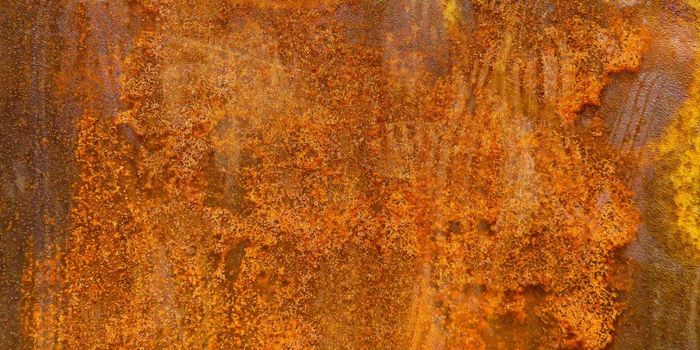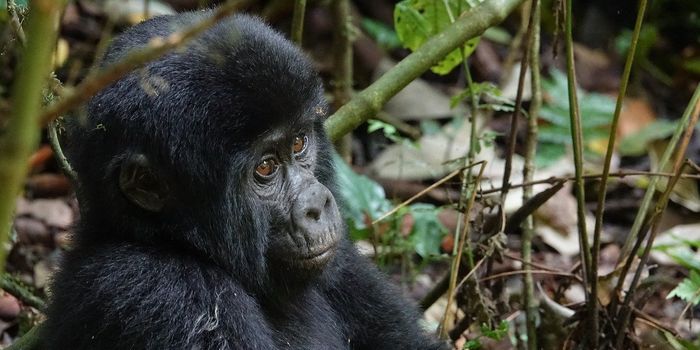Research ecologist Charlie Christafilly has worked for the last thirty years in Olympia, Washington at the US Forest Service Pacific Northwest research station on Mt. St. Helens. An active stratovolcano, Mt. St. Helens erupted at 8:32 AM on May 18th in 1980, an eruption that caused devastation and meanwhile reconstructed the ecology of an entire ecosystem.
"It was an unbelievable example of nature's raw energy being unleashed across the landscape and into the atmosphere," states Christafilly in a PBS NOVA episode memorializing the 30th anniversary of the eruption.
The heat associated with the blast melted glaciers and caused huge landslides and mudslides, completely wiping out the old-growth forest that had existed previously, sweeping the trees into Spirit Lake. Pumice and ash was pushed up into the atmosphere and blown all over the North and East on wind currents. Vegetation was entirely drowned, as were the majority of the animal species that lived in the area.
Elk, however, bounced back relatively quickly because of the vegetation that resprouted - species such as fireweed that make for good grazing. Before the eruption, the biodiversity of small mammals was prolific on and around the mountain. After, one of the only species to survive was the Northern pocket gopher, because it lives beneath the ground. These small mammals have had an interesting role in the rebirth of life on the pumice plain around Mt. St. Helens. Northern pocket gophers dig their way everywhere. In the process of this digging, they mix nutrient rich old forest soil with the nutrient poor volcanic ash and puts it on the surface, exposing seeds to disseminating winds. Gopher tunnels also provide refuge for amphibians that would be otherwise unable to survive because of the lack of forest shelter. For this reason, scientists have found surprisingly that 12 of the 15 species of amphibians indigenous to the NW Cascades have survived and that Northwestern salamander populations have even increased.








